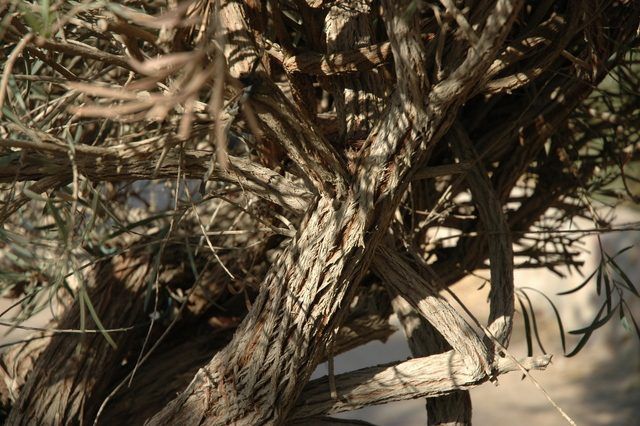Bulbs
Flower Basics
Flower Beds & Specialty Gardens
Flower Garden
Garden Furniture
Garden Gnomes
Garden Seeds
Garden Sheds
Garden Statues
Garden Tools & Supplies
Gardening Basics
Green & Organic
Groundcovers & Vines
Growing Annuals
Growing Basil
Growing Beans
Growing Berries
Growing Blueberries
Growing Cactus
Growing Corn
Growing Cotton
Growing Edibles
Growing Flowers
Growing Garlic
Growing Grapes
Growing Grass
Growing Herbs
Growing Jasmine
Growing Mint
Growing Mushrooms
Orchids
Growing Peanuts
Growing Perennials
Growing Plants
Growing Rosemary
Growing Roses
Growing Strawberries
Growing Sunflowers
Growing Thyme
Growing Tomatoes
Growing Tulips
Growing Vegetables
Herb Basics
Herb Garden
Indoor Growing
Landscaping Basics
Landscaping Patios
Landscaping Plants
Landscaping Shrubs
Landscaping Trees
Landscaping Walks & Pathways
Lawn Basics
Lawn Maintenance
Lawn Mowers
Lawn Ornaments
Lawn Planting
Lawn Tools
Outdoor Growing
Overall Landscape Planning
Pests, Weeds & Problems
Plant Basics
Rock Garden
Rose Garden
Shrubs
Soil
Specialty Gardens
Trees
Vegetable Garden
Yard Maintenance
How to Prune Olive Trees
How to Prune Olive Trees. Olive trees and the fruit have been used for centuries by inhabitants of the Mediterranean. Mentioned in the holy writings of Jews, Christians and Muslims, the olive, its oil, and by extension the trees are portrayed as most valuable. Even today, olive oil is one of the healthiest oils and the cultivation of olives is a...

Olive trees and the fruit have been used for centuries by inhabitants of the Mediterranean. Mentioned in the holy writings of Jews, Christians and Muslims, the olive, its oil, and by extension the trees are portrayed as most valuable. Even today, olive oil is one of the healthiest oils and the cultivation of olives is a staple for many Mediterranean orchard growers. Learning how to prune olive trees is not hard, but doing it correctly may determine the success or failure of the next crop of olives.
Things You'll Need
Pole pruner
Hand shears (cuts branches up to ? to 1-inch in width)
Pruning saw (for limbs more than 1-inch)
Tree paint
Wait until early spring and prune your olive trees beginning low at the base of the trees rather than the upper branches. Olives are notorious for prodigious growth of suckers all around the perimeter of the tree. Since these suckers divert strength from the growing flora, it is imperative to remove them. Cut them with your hand shears as close to the trunk and soil as possible.
Search for dead wood. You will notice bare branches and even entire limbs that may not have survived since your last pruning. Switch over to your pruning saw and carefully saw off the affected limbs. Do not cut too close to the trunk, but instead leave a small stub remaining. This avoids injury to the actual trunk and also prevents the introduction of pests or disease into the tree.
Cut off any branches that are growing downward instead of parallel or perpendicular. A slight downward growth of a horizontal branch may be watched for another growing season. But, if you notice that the downward growth is pronounced, the limb should be removed.
Stand next to the trunk and look up. Sunlight should be visible in between the olive tree limbs and branches. If you notice that there is a thick spot where too many branches are crowding out the daylight, you need to thin out the tree. Failure to remove some of the branches may result in dead wood after the current growing season.
Step back and review your work. You should now have a healthy olive tree devoid of suckers, dead wood and overgrowth. Decide if you want to encourage tree growth that will fill in the tree some more. Accomplish this by pruning a number of perpendicular branches. You do not need to cut them back very far, but the mere act of pruning will stimulate the growth of more branches and therefore fill in any holes.
Paint over the biggest cuts with tree paint to prevent pests or disease to affect the tree limbs.
Remain vigilant and continue to remove the suckers throughout the summer and also fall. It is unlikely that you need to repeat the pruning in the fall, but if you run across any dead or diseased branches after harvesting the olives, go ahead and do a minor second pruning.
Tips & Warnings
It is a good rule of thumb to begin spring by removing about 25% of last year’s growth.